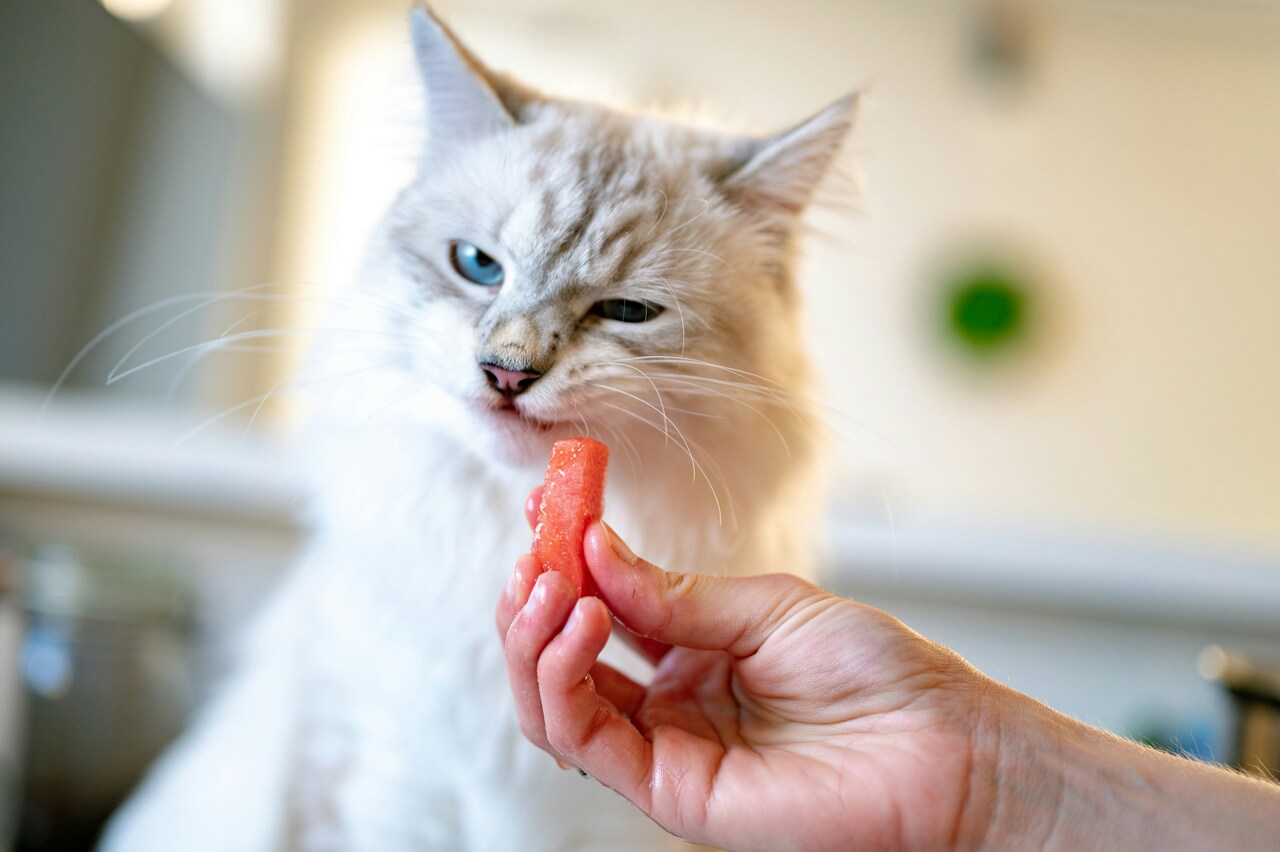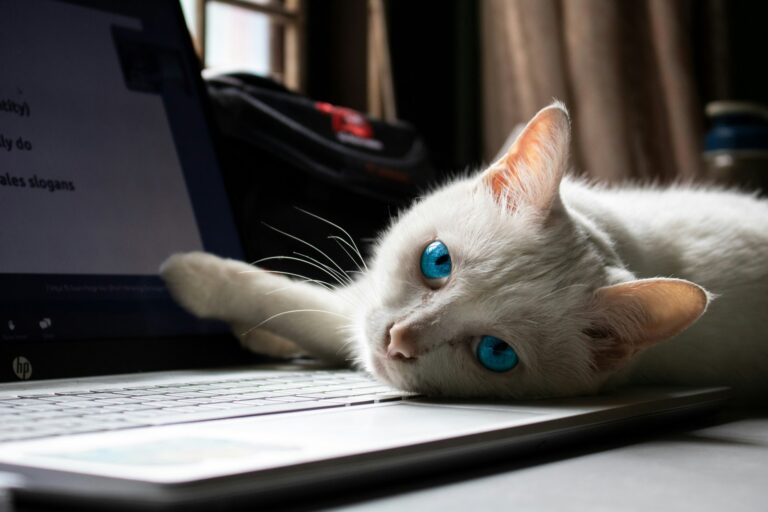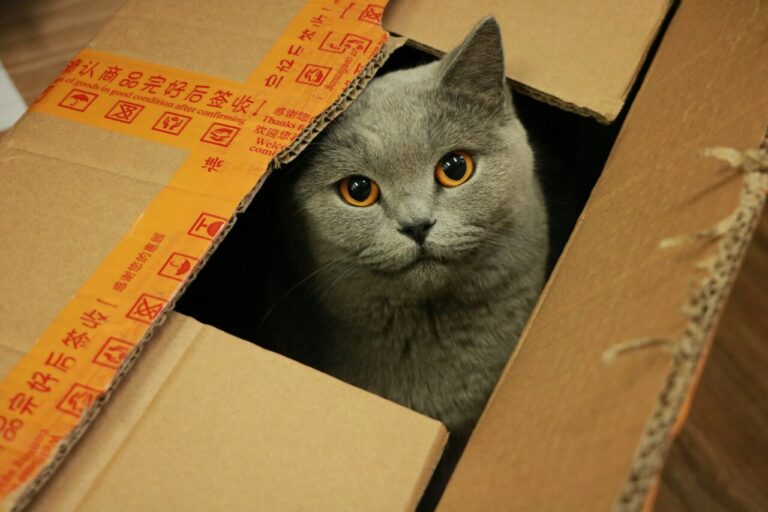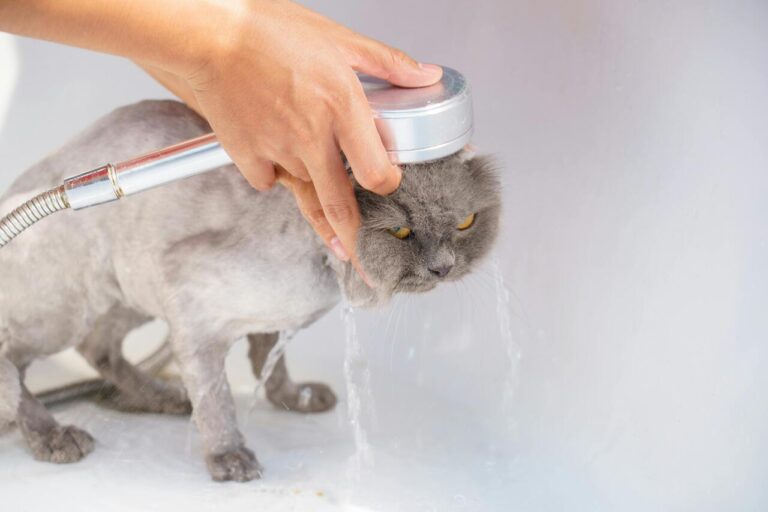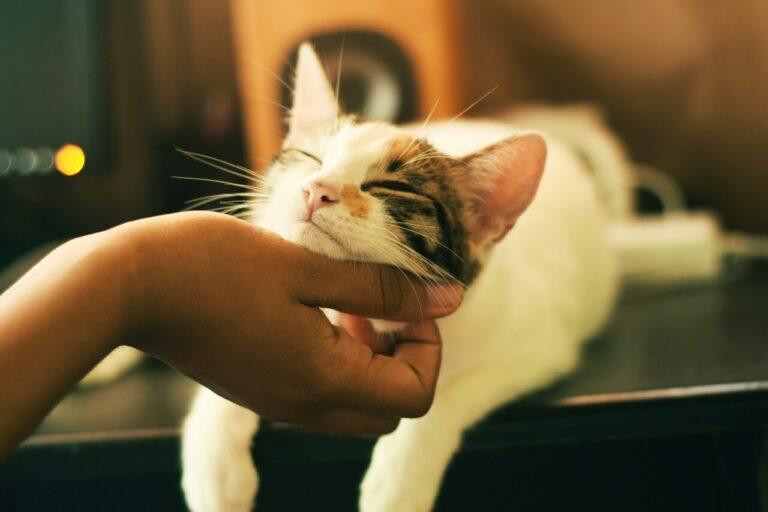The Ultimate Guide to Choosing the Best Cat Food
Cats are obligate carnivores, meaning their diet must primarily consist of meat to thrive. With the vast variety of cat food available on the market, it can be challenging to determine which type is best for your feline friend. This guide will explore the differences between wet and dry food, their pros and cons, and how to choose the best option for your cat’s health and lifestyle.
Wet Food vs. Dry Food: Pros and Cons
Wet Cat Food
Wet cat food typically comes in cans or pouches and has a high moisture content (around 70-80%). It mimics the natural diet of cats, providing hydration and essential nutrients.
Pros:
- Hydration: Cats naturally have a low thirst drive, so wet food helps them stay hydrated, reducing the risk of urinary tract diseases and kidney issues.
- Higher Protein Content: Many wet foods contain high-quality proteins, essential for muscle maintenance.
- Easier to Eat: Ideal for senior cats or those with dental problems.
- Fewer Carbohydrates: Most wet foods contain fewer fillers and carbs, making them suitable for weight management.
Cons:
- Short Shelf Life: Once opened, wet food spoils quickly and must be refrigerated.
- More Expensive: Generally, wet food is pricier than dry food.
- Less Convenient: Requires portioning and storage after opening.
Dry Cat Food
Dry cat food (kibble) is processed and has a much lower moisture content (around 10%). It is often chosen for its convenience and affordability.
Pros:
- Long Shelf Life: Can be stored for months without spoiling.
- Cost-Effective: Typically more affordable than wet food.
- Dental Benefits: Some kibble formulas help reduce plaque buildup.
- Easy to Feed: Can be left out for free feeding without concern about spoilage.
Cons:
- Low Moisture Content: Can lead to dehydration and urinary tract problems, especially if the cat does not drink enough water.
- Higher in Carbohydrates: Many dry foods contain grains and fillers, which may contribute to obesity or diabetes.
- Lower Protein Quality: Some brands use plant-based proteins, which are less beneficial for cats.
How to Choose the Best Cat Food
Selecting the right cat food depends on several factors, including your cat’s age, health, lifestyle, and preferences. Here are some key considerations:
1. Check the Ingredients
Look for high-quality protein sources (like chicken, turkey, beef, or fish) listed as the first ingredient. Avoid foods with excessive fillers, artificial preservatives, or by-products.
2. Consider Your Cat’s Age and Health
- Kittens: Require food rich in protein, fat, and essential nutrients to support growth.
- Adult Cats: Need balanced nutrition for maintenance.
- Senior Cats: May benefit from lower-calorie food with added joint support ingredients like glucosamine.
- Special Needs Cats: Cats with kidney disease, diabetes, or allergies may require specific diets.
3. Balance Wet and Dry Food
Many cat owners find that a combination of wet and dry food provides the best of both worlds. Offering wet food for hydration and high-quality nutrition while supplementing with some dry food for convenience and dental health can be a good strategy.
4. Monitor Portion Sizes
Obesity is a common issue among house cats. Follow feeding guidelines on the packaging, but adjust based on your cat’s activity level and weight.
5. Watch for Food Sensitivities
If your cat experiences digestive issues, vomiting, or skin problems, they may have a food sensitivity. Switching to a limited-ingredient or hypoallergenic diet may help.
Conclusion
There is no one-size-fits-all answer to the best cat food, as every feline has unique dietary needs. Wet food provides hydration and high-quality protein, while dry food offers convenience and affordability. The best approach is to choose a high-quality brand with nutritious ingredients and tailor your cat’s diet to their specific needs. Always consult your veterinarian for personalized recommendations to ensure your cat remains happy and healthy.

